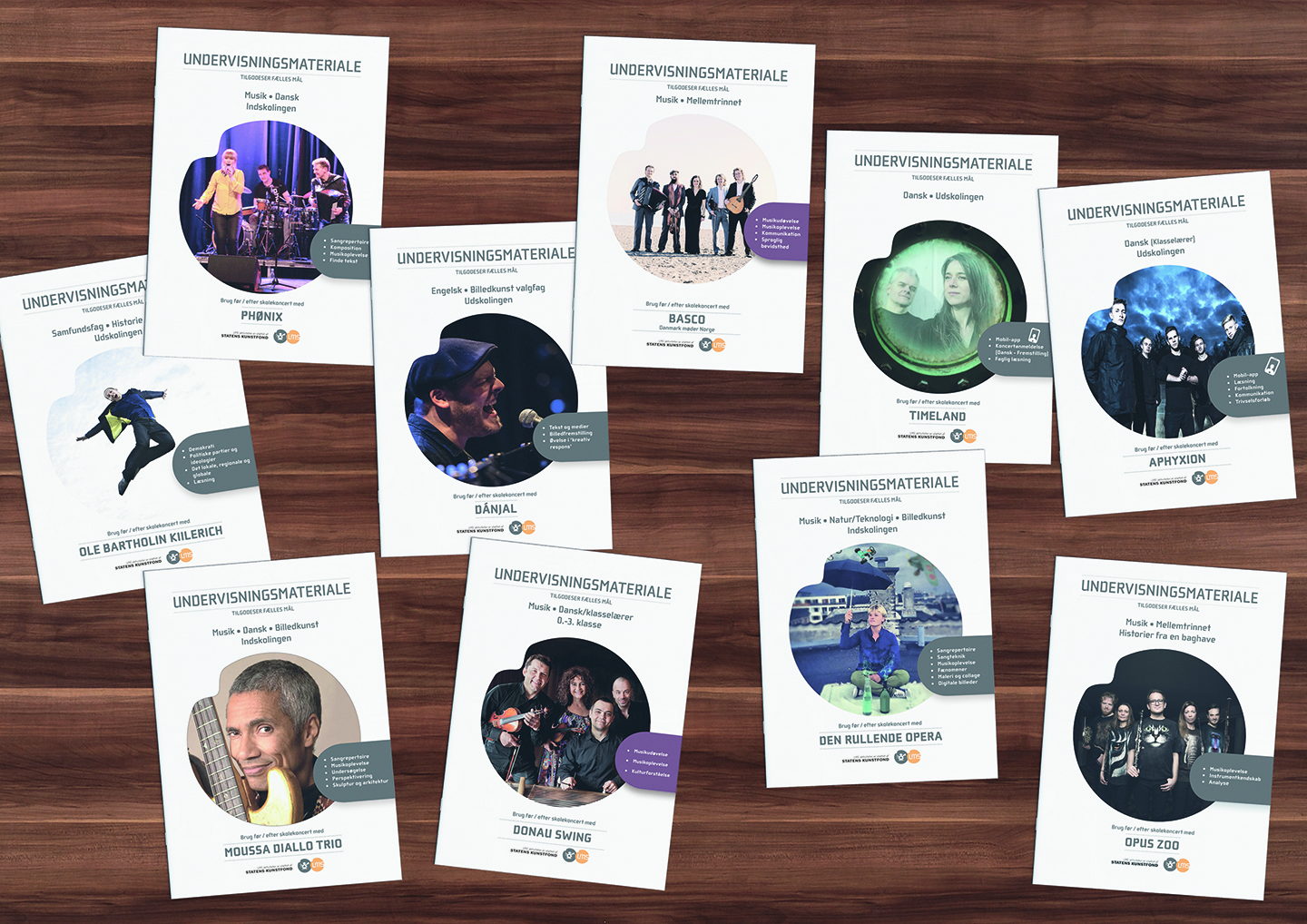The professional Young Audiences Music concert within school places itself in between the fields of art and education.
One the one hand, it provides the first hand meeting between children and the professional live music; a meeting that enriches, inspires and creates possibilities for magic moments that can last a life time. In short, the concert moment opens up for all the benefits and qualities inherent in art and culture.
On the other hand, it takes place within the school framework, and as such has an obligation to meet the teaching aims set by the school or by national ministries of education.
But how to link these two worlds? Because without a doubt, the concert offers a range of possibilities for learning and a range of approaches to how this learning should take place.
Common for all approaches within YAM is that the overall aim of the YAMconcert is to create a holistic experience - that establishes a greater, more sustainable connection between audience and subject - that meets the children at their level, - that unites different levels of learning, school learning as well as learning for life, or what is known as "bildung". This approach, we believe reaches first and foremost the children, but also the teachers, the principals, the musicians and the YAMprofessionals.



Leave a Comment